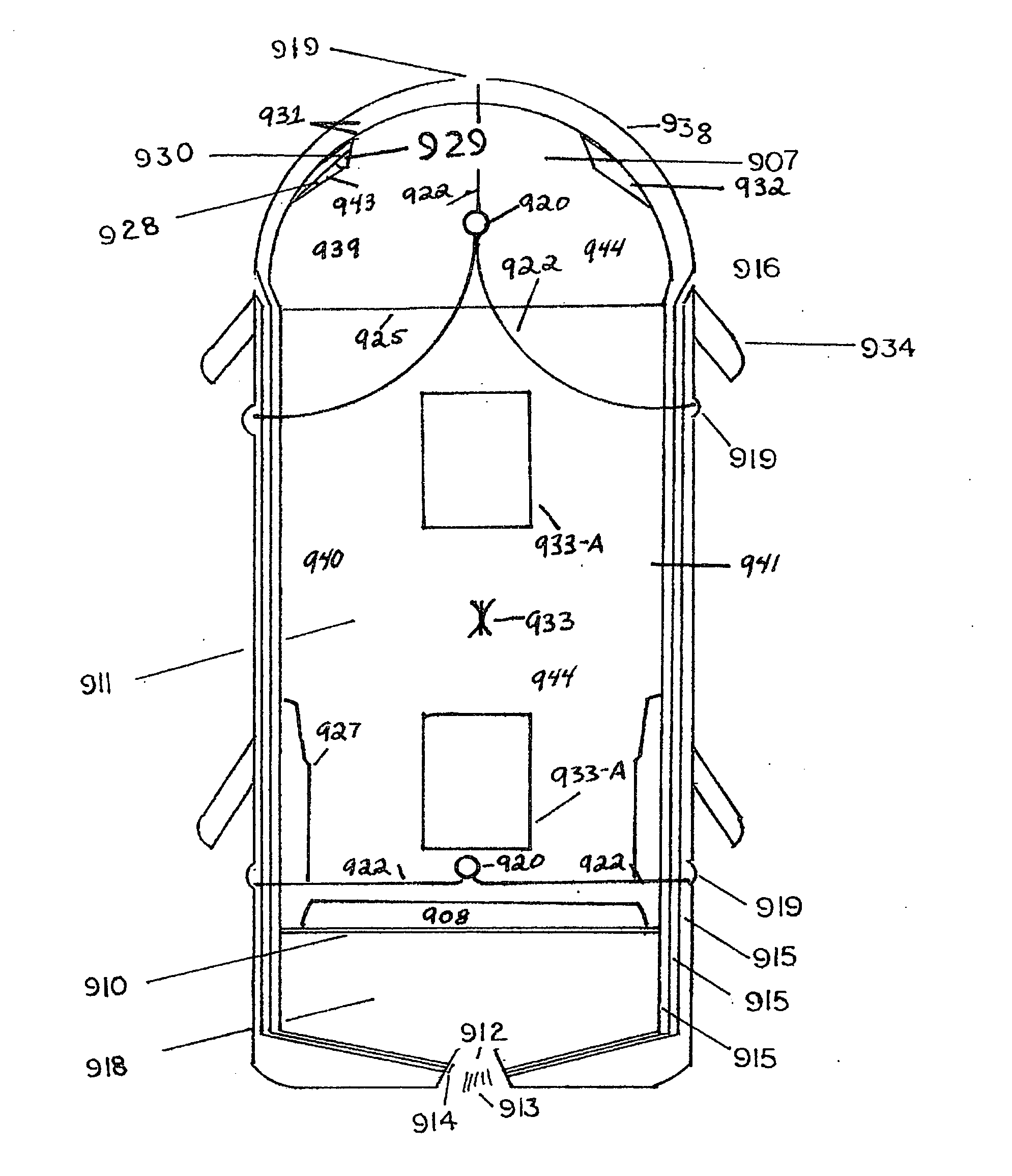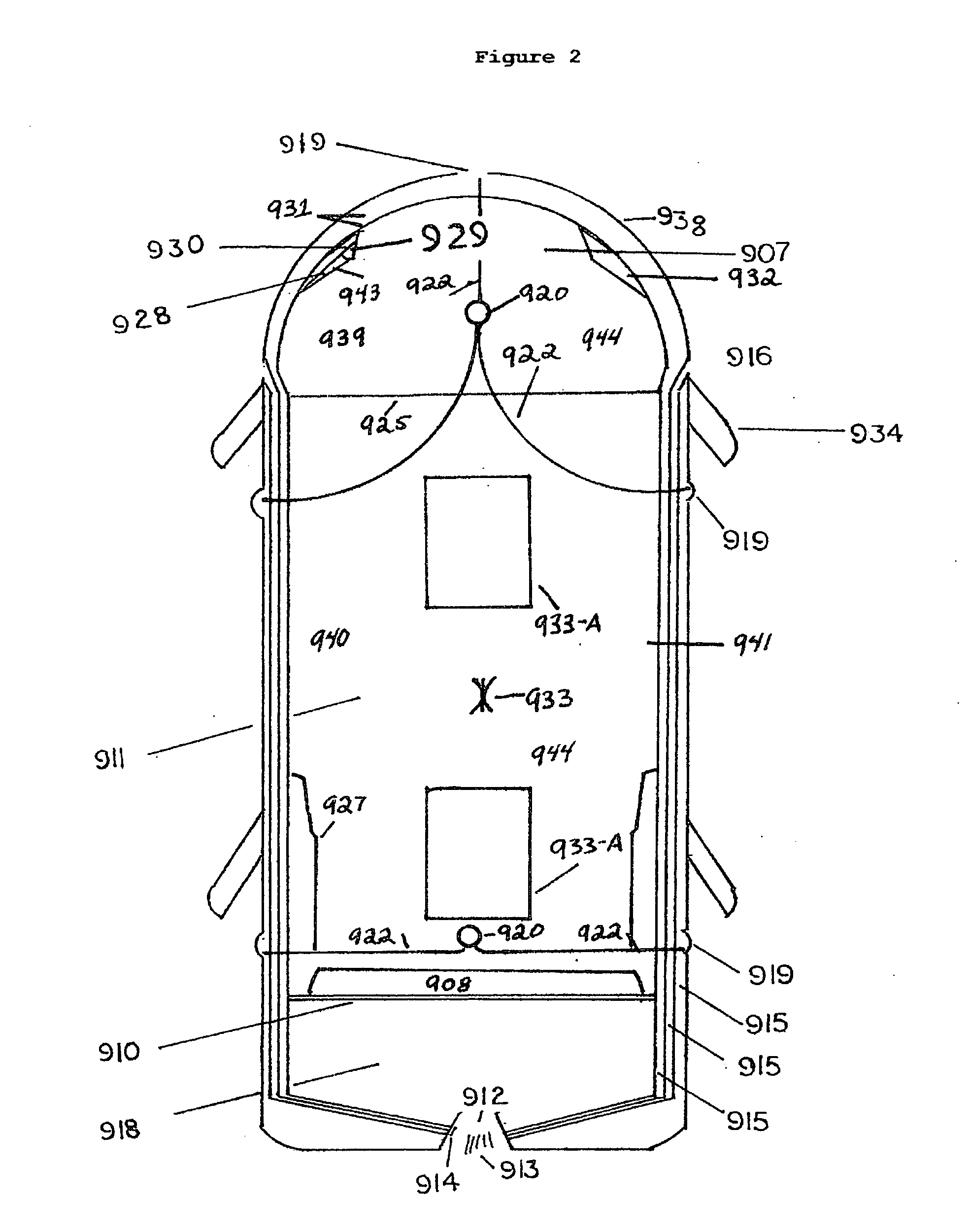Fire suppression delivery system
- Summary
- Abstract
- Description
- Claims
- Application Information
AI Technical Summary
Benefits of technology
Problems solved by technology
Method used
Image
Examples
Embodiment Construction
[0041]As used herein, a fire situation, fire environment, fire situation, fire zone or fire conflagration, (used interchangeably, unless specified otherwise) shall mean the place, environment, area or ecosystem where a fire exists, is active, is anticipated, or has existed but requires continued monitoring. Such terms may also be used interchangeably with fire, target, target area, or target zone.
[0042]As used herein, a fire extinguishment material, a fire suppressant material, a fire retardant material, an endothermic agent, shall be defined as a powder, granular, solid, aerosol, misting material, atomizing mist, foam firefighting material, inert gas, gaseous substance, or similar material, in a compressed or non-compressed state, or other suitable substance, with suitable characteristics for fire extinguishment, fire suppression, fire retardant, particulate matter suppression and / or dispersal, the capacity to reduce the temperature within a fire zone when delivered to and activate...
PUM
 Login to View More
Login to View More Abstract
Description
Claims
Application Information
 Login to View More
Login to View More - R&D
- Intellectual Property
- Life Sciences
- Materials
- Tech Scout
- Unparalleled Data Quality
- Higher Quality Content
- 60% Fewer Hallucinations
Browse by: Latest US Patents, China's latest patents, Technical Efficacy Thesaurus, Application Domain, Technology Topic, Popular Technical Reports.
© 2025 PatSnap. All rights reserved.Legal|Privacy policy|Modern Slavery Act Transparency Statement|Sitemap|About US| Contact US: help@patsnap.com



